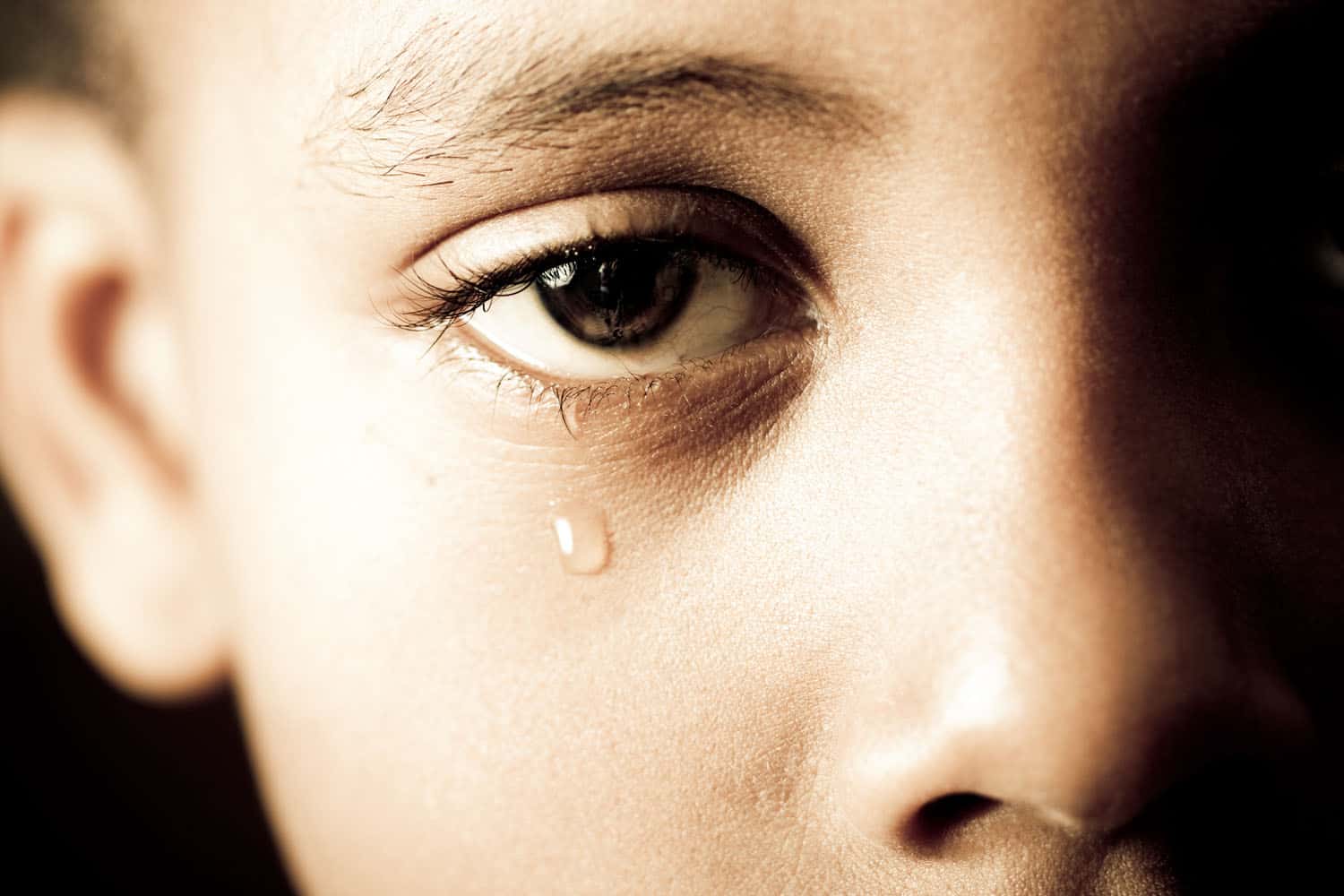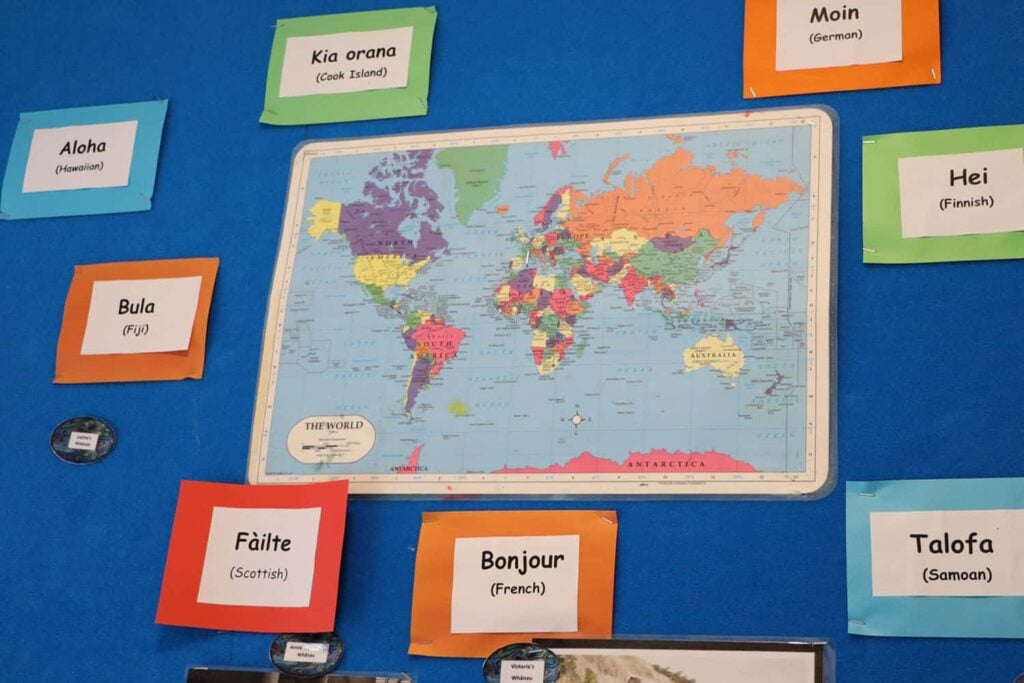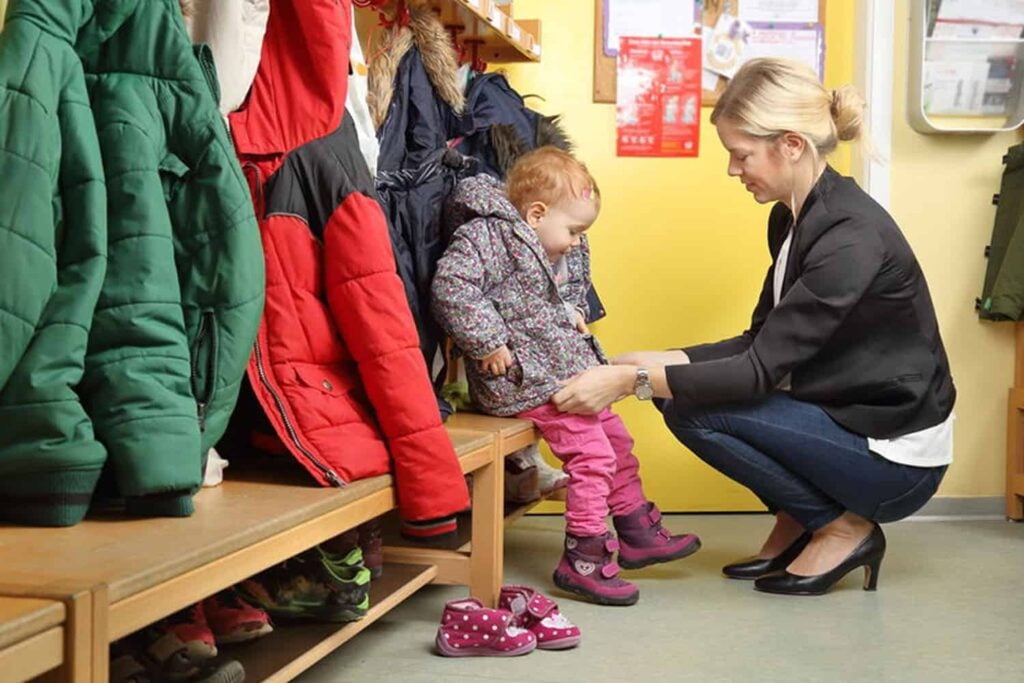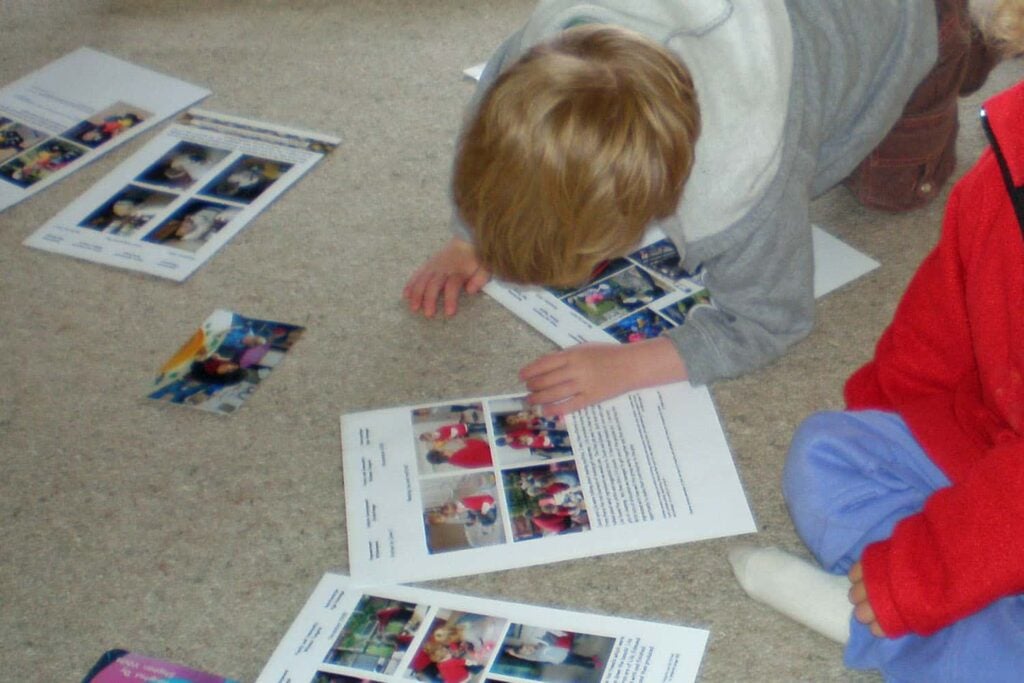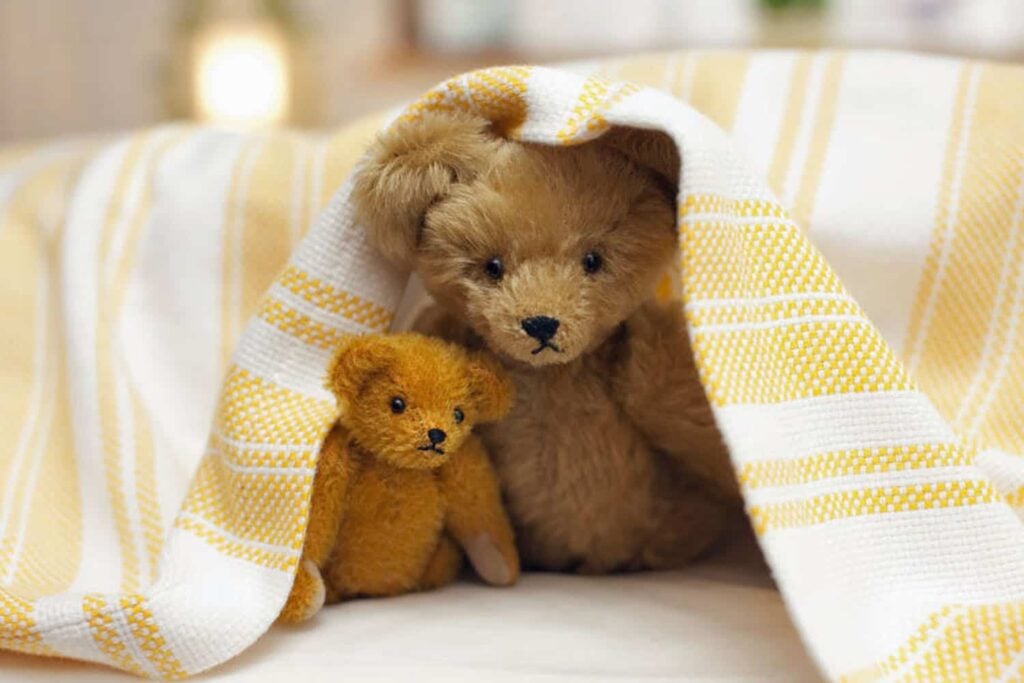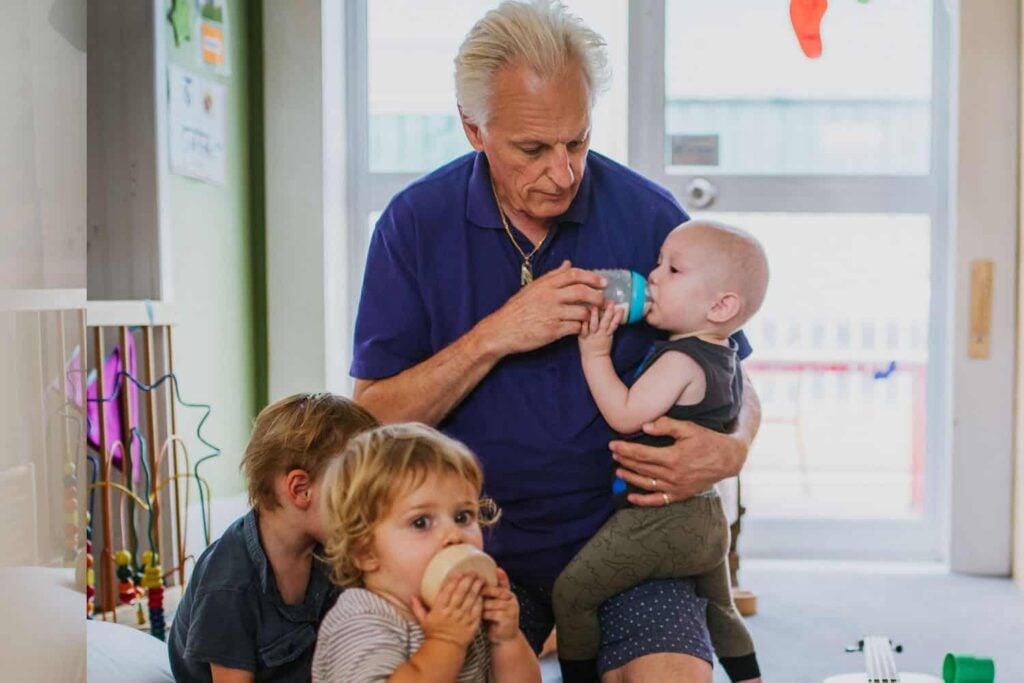Another article highly recommended for everyone involved in early childhood education is: Fikriani, D. & Bone, J. (2014). Children's participation in disaster risk reduction as curriculum. NZ Research in Early Childhood Education Journal, Special Issue: Early Childhood Policy, 17, 35 - 50.
How to Support Child and Adolescent Learning and Coping in the Immediate Aftermath of the Shooting
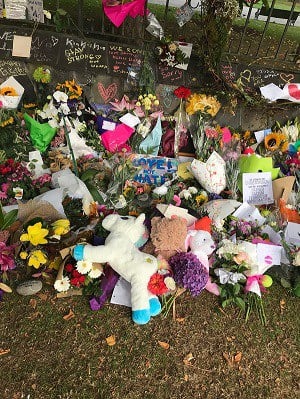
Associate Professor Kathleen Liberty
University of Canterbury
Christchurch, New Zealand
With support from: Sue Bagshaw, Alison Hill, Anne Horton, Brie Liberty, Kirsty Robinson & Lianne Woodward.
Children and adolescents should be referred for professional services according to mental health guidelines. These suggestions are not intended to supplant individual or group therapy or counselling for bereaved children, adolescents and families. These suggestions are not intended to replace advice from GPs, Mental Health Therapists, Counsellors, or other specialists.
How to Talk with Children and Adolescents
Research says that you may hear children/adolescents voice these thoughts or concerns
- feeling vulnerable and unsafe
- concern for the impact on others
- concern for the impact on their community
- distressing media coverage
- proximity to the events and people involved in the events (police, emergency personnel, doctors, nurses)
- changes in psychosocial adjustment, such as having nightmares, not being able to sleep, being afraid of being alone, being afraid of strangers
- questions about returning to daily life, such as when will things get back to normal?
Our community will be adapting to major change, which often involves many secondary losses, alongside all the natural reactions of horror and grief that follow a shooting like this.
Important tips for discussing media or events so that learning can occur are as follows:
- Maintain a calm routine
- Model confidence in the security and safety of the present context
- Condemn violence in any context or situation
- Positively identify or praise (e.g., “that’s a great way to think of things”) a child’s own positive coping statements. Examples of good child coping strategies will vary by age and could include:
- young child
- “I can hold my teacher’s hand when I’m scared.”
- I can hold my teddy when I’m scared
- I can take a flower to my mum to show her love
- I can hold the hand of a child who is crying
- I can smile and talk to the new child in class
- I can be calm
- I can draw a picture
- We can sing a song together
- We can play nicely together
- We can share our food with each other
- School child
- “I can talk to my parents /teacher when I feel scared.”
- I can turn off the TV
- I can read a story
- I can focus on my homework
- I can play with my friends
- I can join in Kapa Haka
- I can play sport
- I can help my mum with setting the table
- We can help our neighbours
- We can tell other kids to be nice
- Adolescent:
- “I can call a helpline when I am scared.”
- I can speak up if I see bullying
- I can sit by someone new at lunch
- I can call-out trolls on social media
- I could try to go to bed earlier!
- I could try to spend less time on social media and do something for others instead
- I can help my little brother with his homework
- I can do chores to help my mum when she is tired
- We can plan a positive assembly
- We can learn about and discuss inclusion and social justice
- We can study the importance of tolerance and diversity, just like we can study climate change
- We can donate our time to a community group
- We can collect money to help others
- We can point out rumours and gossip
- young child
- Address any misunderstandings associated with the event that the child brings up (e.g., “why does everyone hate us?”).
- Children and adolescent may have learned from media, and have questions about it. Help challenge or problem-solve dysfunctional statements or misunderstandings on the media that may interfere with learning. For example you could say, “What can you do to check that what you read is true?”Explain how one source might accidentally distort the event by exaggerating and repeating the most negative aspects of the situation. This may involve explaining or talking about, for example, the time constraints on news reports, the need for repeating the same information over and over on the news (because people are tuning in and out all the time), and the dramatic nature of news (because they need to get attention and advertising).
- Introduce positive and hopeful aspects of the situation, which may not be always be featured prominently on the news. Positive cognitions have been shown to strengthen positive memory formations for learning. For example;
- Police safely arrested the man, this shows that the rule of law and order will prevail
- People brought flowers, comforted people
- Doctors and nurses worked through the night
- The Prime Minister spoke to the nation and to the leaders of the world, she and the leader of the opposition came to Christchurch
- An interpreter for people who are deaf helped communication
- The police are protecting people in the hospital and other people at mosques, etc.).
- Point out their personal safety at the present time.
- Point out protections available to them in their schools and homes.
- Describe to the child/adolescent how you yourself have sometimes felt afraid in the past, and importantly, strategies you found helpful to cope positivley with your emotions. For example, “I turned off the TV and my phone, I drank some water and made a list of the good things that are happening in Christchurch, and the good things in my life like my friends, and making sure I went to bed early to get enough sleep”.
Parents and teachers can help children re-establish a sense of safety and predictability
Children, adolescents and communities commonly experience a deep sense of loss and uncertainty after a community shooting. Loss and uncertainty is not only about the loss of those killed and uncertainty about those who were injured, but also about the impacts on those involved, from police, to emergency personnel, to doctors, nurses and all of their families. It may also be about a perceived loss of the sense of our country, as the Prime Minister said, “This is not who we are.” For Christchurch people who experienced the earthquakes, floods and port Hills fire, there may be even greater uncertainty about when their life might be better. “Loss is, therefore, intertwined with a sense of unpredictability.”
To counteract this, parents and teachers can help children re-develop a sense of control and predictability. For instance, parents and teachers can give children choices, respect their decisions, and help them achieve their own goals, thereby increasing the child’s agency and confidence. Parents and teachers can also support feelings of security and safety by sticking to routines for children’s daily activities and schedules. By gaining control and predictability, children will be less likely to perceive threat in the environment caused by unpredictable events like a shooting, and importantly feel safer.
Conversations That Might Unintentionally Make Things Worse
Here are some common talking points that should be avoided or redirected following the Christchurch Shooting.
1. Do not focus on the Christchurch shooter or “bad man.”
This is because:
- Focusing on the shooter or‘bad man” increases fear and threat perception.
- Focusing on the “bad man” leads children to talk about bad people and bad things that happen. This may increass the negative cognitions, cognitive-distortions, hyperarousal, hyper-vigilance and fear-related problems such as nightmares and difficulty concentrating.
- As the Prime Minister has said: We are an inclusive country.
- We want to keep it that way. Excluding, name-calling, demonising the shooter can have unintended effects that will be counter productive to our social cohesion in the future. For example, it could result in bullying or harrassment of people who have different views.
- There is an assumption that shooters have mental health problems, but this assumption is because we can’t otherwise understand how someone could take such action. “Although some mass shooters are found to have a history of psychiatric illness, no reliable research has suggested that a majority of perpetrators are primarily influenced by serious mental illness as opposed to, for example, psychological turmoil flowing from other sources” (Knoll & Annas, 2016, 81).
- However, assuming a mental health problem may also exacerbate oft-unspoken anxieties about mental health problems, and this can further stigmatize and exclude people with mental health problems. And it may stop people who need help from seeking it.
2. What to say if the child brings up the “bad man” or “shooter”
Try using a community-centred social justice approach. Everyone (children, adolescents, adults) cares about fairness and justice, and wants to do the right thing. This might include saying something along the lines of “Sometimes people feel that life is unfair to them”. Please note that international research shows that this is a common feeling among school shooters, and is implied in the Christchurch shooter’s document.
You have to be very careful about what we say to children about the shooter’s motives. This person chose violence to express their feelings. It important to emphasis that violence is always wrong and that we don’t really understand why this person chose such violence.
The things we need to focus on are
(1) What are the needs of our family/classroom/school/community?
(2) How can we help?
It is also imporant to emphasise that “our police arrested the shooter, and our justice system will deal with this person in a fair way. We live in a fair society.”
If there is dispute about whether things in life are fair, you could ask “what can we do to make it more fair or better?”
Do not say “everything will be ok” or focus on “resilience”. Do not offer advice on how to recover.
Attempting to support someone by offering advice and encouraging “recovery” are more likely to be unhelpful than helpful. People can feel let down by this form of “social support”, as reported by survivors and those affected by grief/violence in published research studies. This is because their worries and fears are not being listened to and/or they understand that such reassurances are not reliable. Don’t say “everything will be ok” because no one can foresee the future, so don’t make this potentially false promise, and can be perceived as such by children, who often ask a follow-up question such as, “How can you know?”
Do not avoid conversations about the event.
Although parents and teachers may want to protect children from information about the event, this is almost impossible to achieve. It is much more realistic for parents and teachers to accept that children and adolescents have been explosed to news coverage, social media coverage, and conversations about the shooting in some way.
Do not pretend that such events do not affect parents and teachers.
It may seem natural for parents/teachers to want to reassure children and adolescents by pretending that distressing events do not emotionally affect them. However, it is far more helpful for parents/teachers to talk about their own feelings and thoughts, and about their positive coping strategies that have been helpful in the past, whilst remaining calm (modelling) in the current situation.
3. Do not prevent children from talking about what they have heard or seen from family, peers, media, etc.
The UN Convention on the Rights of the Child, of which New Zealand is a signatory, states that a child “should be afforded the necessary protection and assistance so that it can fully assume its responsibilities within the community” (The United Nations 1989: 1). In dealing with any topic related to child protection, it is essential to remain child-centred and include the child’s perspectives and experiences. As shown by the #ClimateStrike protest, the Student Army and many other events, many children want to be at the heart of their community – and are the future of our community.
Instead, the most helpful course of action is let children take the lead in asking questions, as explained in a previous section.
4. Do not start out explaining or talking or lecturing.
This is because, the information given in such a context may not be understood correctly by the child. It may also not be relevant to what they are currently thinking or appropriate to their developmental or emotional level depending on their age.
Instead, wait for the child to volunteer a question or a thought, idea or fear.
Use their initiated comments and questions to help the child understand what they have perceived as being most important. Use language they can understand but in as accurate a way as you can.
Some Ways the Christchurch Shooting and the Earthquakes are Different
|
Shooting |
Earthquake |
|
Human-generated disaster |
Natural disaster |
|
Multiple events on one day |
10,000+ events over six years |
|
Interpersonal violence |
No interpersonal violence |
|
Some people directly experienced- worshippers at mosques & whanau; police, emergency responders, doctors, nurses, medical personnel & whanau. |
All people directly experienced, symptoms response to body being physically shaken by a force underground that was invisible to the naked eye. |
|
More people- indirectly experienced via lockdowns, conversations, media. |
Difficulty sleeping, which affects children’s learning and memory, has been shown to be closely linked with the extent of media exposure and media saturation. Therefore it is possible that adolescents may be more affected by the mass shooting than younger children due to the fact that they spend more time on social media. However, in the earthquakes, younger children appear to have been more affected, as the quakes occurred during a sensitive period of brain development.
References
Böckler, N., Seeger, T., & Heitmeyer, W. (2011). School shooting: A double loss of control. In Control of violence (pp. 261-294). Springer, New York, NY.
Choma, B. L., Jagayat, A., Hodson, G., & Turner, R. (2018). Prejudice in the wake of terrorism: The role of temporal distance, ideology, and intergroup emotions. Personality and Individual Differences, 123, 65-75.
Comer, J. S., Furr, J. M., Beidas, R. S., Weiner, C. L., & Kendall, P. C. (2008). Children and terrorism-related news: Training parents in coping and media literacy. Journal of consulting and clinical psychology, 76(4), 568.
Danese, A. (2018). What is terrorism? A book to help parents, teachers and other grown-ups talk with kids about terror. European Journal of Psychotraumatology, 9(1). Book Review/Abstract.
Felix, E. D., Moore, S. A., Meskunas, H., & Terzieva, A. (2017). Social and contextual influences on mental health following an episode of mass violence. Journal of interpersonal violence, 0886260517742915.
Knoll, J. L. IV, & Annas, G. D. (2016). Mass shootings and mental illness. In L. H. Gold & R. I. Simon (Eds.), Gun violence and mental illness (pp. 81-104). Arlington, VA, US: American Psychiatric Association.
Liberty, K. (2017). Reducing stress in schools: Information for principals, teachers and parents about stressed children in disaster-struck communities and how to help them in difficult times. National Library of New Zealand. ISBN 9780473425203 and also available from Internet Archives.
Metzl, J. M., & MacLeish, K. T. (2015). Mental illness, mass shootings, and the politics of American firearms. American journal of public health, 105(2), 240-249.
Pynoos, R. S., Steinberg, A. M., Schreiber, M. D., & Brymer, M. J. (2018). Children and families: A new framework for preparedness and response to danger, terrorism, and trauma. In Psychological Effects of Catastrophic Disasters (pp. 83-112). Routledge.
Saraiya, A., Garakani, A., & Billick, S. B. (2013). Mental health approaches to child victims of acts of terrorism. Psychiatric quarterly, 84(1), 115-124.
Selioti, K., & Richardson, S. (2016). Exploring the Impact of Residential Group Programmes for Children and Young People Bereaved by Murder or Manslaughter (Panel Paper). British Criminology Conference. ISSN1759-0043, v. 16.
Shultz, J. M., Thoresen, S., Flynn, B. W., Muschert, G. W., Shaw, J. A., Espinel, Z., … & Cohen, A. M. (2014). Multiple vantage points on the mental health effects of mass shootings. Current psychiatry reports, 16(9), 469.
Stokes, J. (2009). Resilience and bereaved children: Helping a child to develop a resilient mind-set following the death of a parent. Bereavement Care, 28(1), 9-17.
Slone, M., & Mann, S. (2016). Effects of war, terrorism and armed conflict on young children: a systematic review. Child Psychiatry & Human Development, 47(6), 950-965.
Stokes, M. A. (2009) Stranger Danger. Amsterdam Social Science, 1(3), 6-24.
Stough, L. M., Ducy, E. M., & Kang, D. (2017). Addressing the needs of children with disabilities experiencing disaster or terrorism. Current psychiatry reports, 19(4), 24.
Walker, H. (2016). Unspoken Immunity and Reimagined Justice: The Potential for Implementing Restorative Justice and Community Justice Models in Police-related Shootings. Pace L. Rev., 37, 789-825.
Wehmeyer, M. L. (Ed.). (2013). The Oxford handbook of positive psychology and disability. Oxford University Press.
Wolmer, L., Hamiel, D., Pardo-Aviv, L., & Laor, N. (2017). Addressing the needs of preschool children in the context of disasters and terrorism: assessment, prevention, and intervention. Current psychiatry reports, 19(7), 40.


